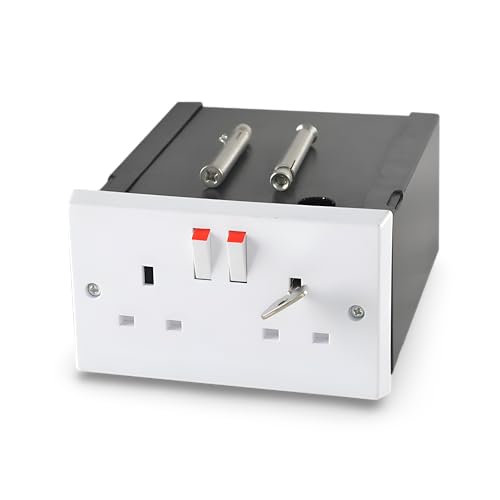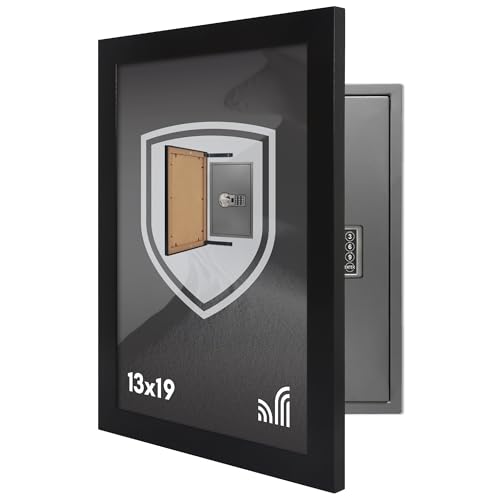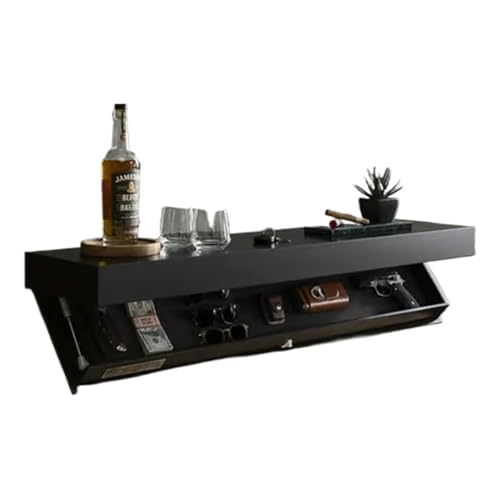12 hidden safe ideas you’ll wish you’d thought of sooner
These expert-approved hiding spots are discreet, practical, and hard to detect – even by seasoned thieves.
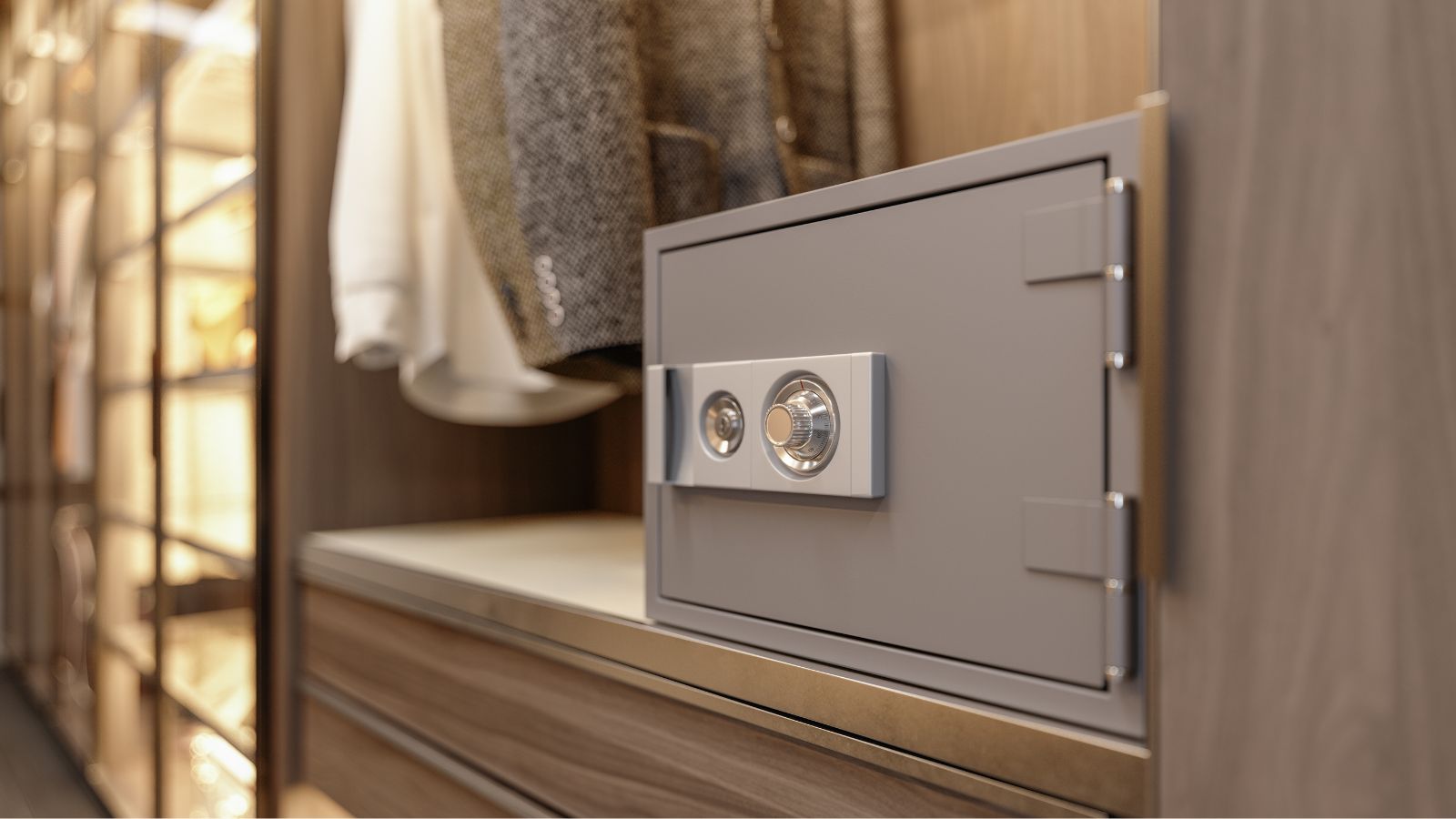
- 1. Inside a linen cupboard
- 2. Fingerprint-activated drawers
- 3. Fake outlets and sockets
- 4. False bottom drawers
- 5. Inside a book
- 6. Behind hinged mirrors or artwork
- 7. Behind staircase treads
- 8. Disguised as a statement item of furniture
- 9. Behind kitchen plinths or baseboards
- 10. Within floating shelves
- 11. Behind a removable bookcase or panelled wall
- 12. Beneath a removable floor tile
- FAQs
Improving your home security doesn’t have to involved bulky locks or spoiling your décor with clunky hardware. With a bit of creative thinking, you can protect your valuables in a way that feels completely in tune with your interiors. So, if you’re looking for a discreet way to lock things away, hidden safe ideas might be just the solution.
Whether you're safeguarding jewellery, passports or emergency cash, picking the right location is often more important than the safe itself. From fingerprint-activated drawers to secret compartments concealed behind paintings, these clever, design-conscious hiding spots offer both security and style.
12 hidden safe ideas that really work
As Kevin Keen, contractor and owner of Keen’s Buildings, points out, choosing the right hiding place is just as crucial as choosing the safe – if not more so.
“Safe placement matters more than steel thickness in most homes," Kevin explains. "The master wardrobe feels obvious, so I steer people toward secondary closets, a low kitchen cabinet, or the cavity behind a false bookcase end panel.”
With this in mind, we’ve rounded up 12 discrete and design-friendly hidden safe ideas – perfect for anyone looking to add an extra layer of security without disrupting the look and feel of their home.

Kevin Keen is a construction expert, contractor, and Owner of Keen's Buildings. Under Kevin's supervision, Keen's Buildings has installed over 75,000 buildings for just as many satisfied customers.
1. Stow your safe inside your linen cupboard
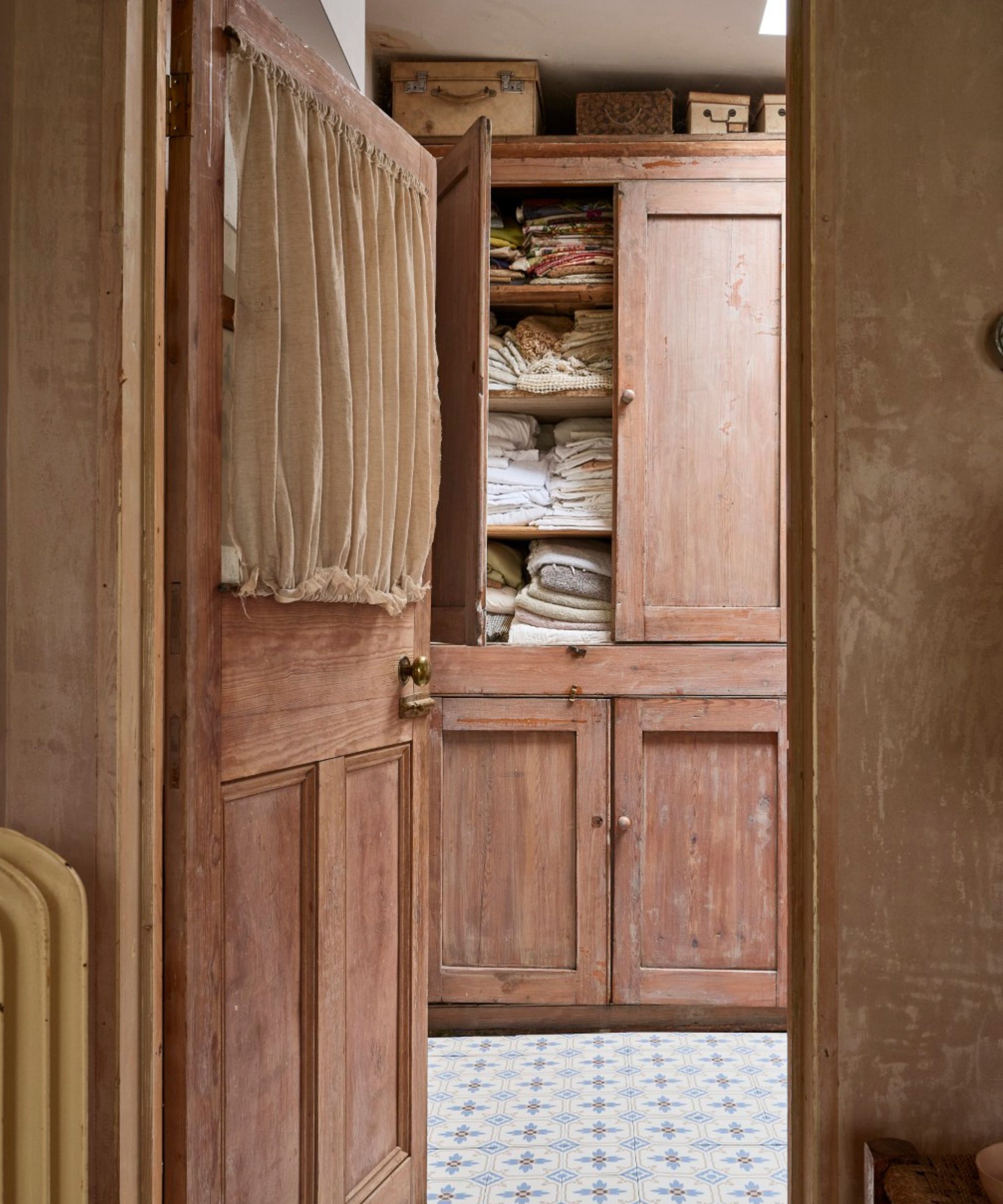
At first glance, a linen cupboard doesn't seem like prime real estate for valuables – and that’s exactly what makes them such a clever hiding spot. While many homeowners instinctively turn to the master bedroom or home office, “thieves search those places first,” warns Judi Kutner, senior contributor at Virtual Staging. “So I prefer to steer clients toward low-traffic spots like linen cupboards or guest room wardrobes – places burglars don’t usually bother with.”
By adding a false back panel or a small safe behind stacked towels, you can create a discreet hiding spot that blends into the everyday fabric of the home.

Judi is a listened real estate agent and a senior contributor at Virtual Staging, the premier solution for transforming vacant property listings into captivating dream homes.
2. A fingerprint-activated drawer safe in the kitchen
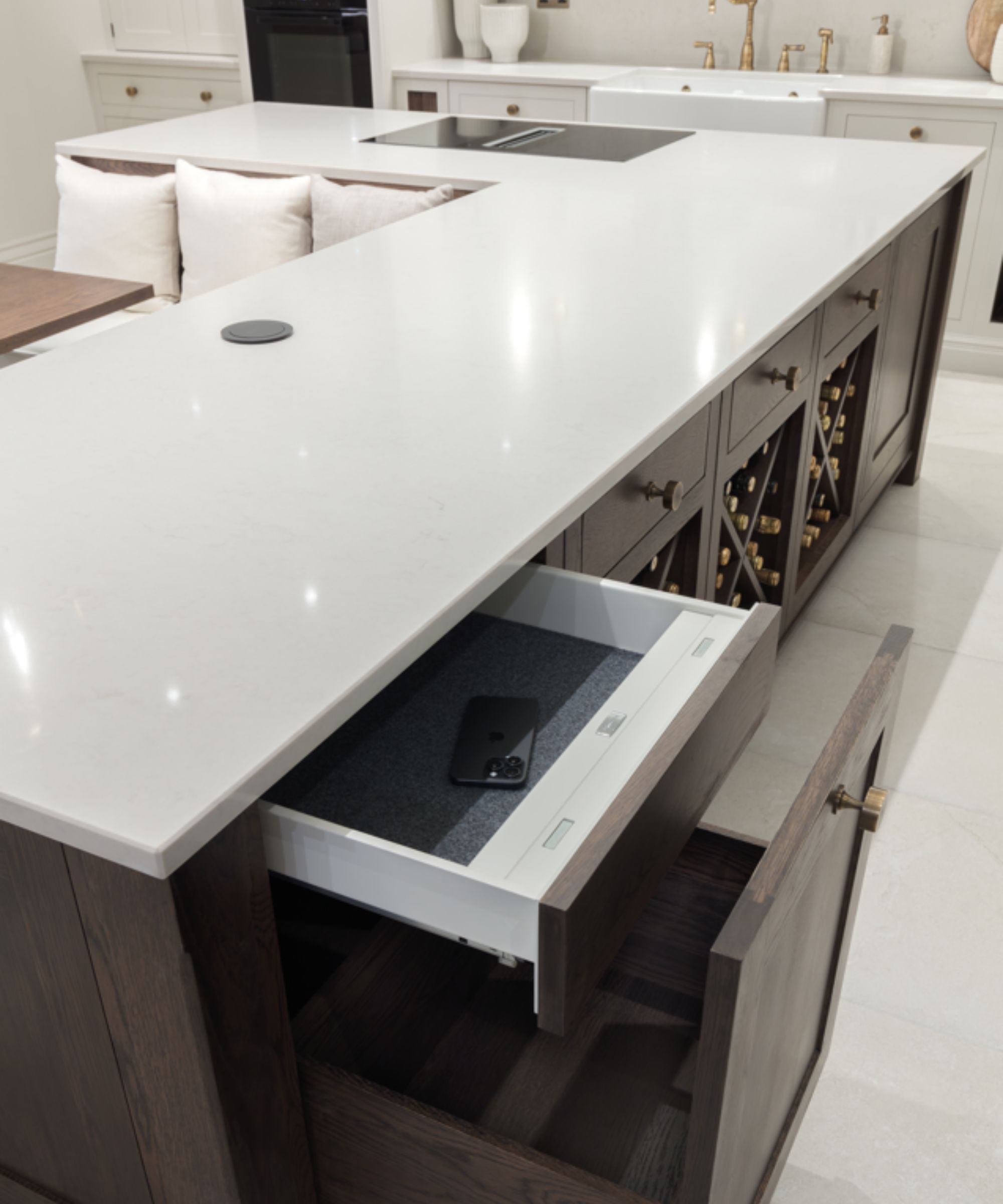
A fingerprint-activated drawer is one of the smartest ways to secure essentials you use daily – such as house keys, bank cards, or your phone.
“In an era where technology and convenience play an ever-increasing role in our lives, integrating smart storage solutions like a fingerprint-access drawer safe in the kitchen is a game-changer," says Tom Howley, creative design director at Tom Howley Kitchens. "No more scrambling for keys or leaving your phone lying around. These hidden drawers keep your essentials close, but out of sight. It’s the future of smart kitchen storage."
If you're not in the market to install a bespoke fingerprint-access drawer, consider purchasing a fingerprint-activated lock instead, such as this Igloohome Fingerprint Padlock for £79.99 at DIY.com.

Tom has spent over 20 years designing kitchens that work around a client's lifestyle, making him an expert on knowing just how to create a functional but beautiful space that meets your needs.
3. Inside a faux wall outlet or plug socket
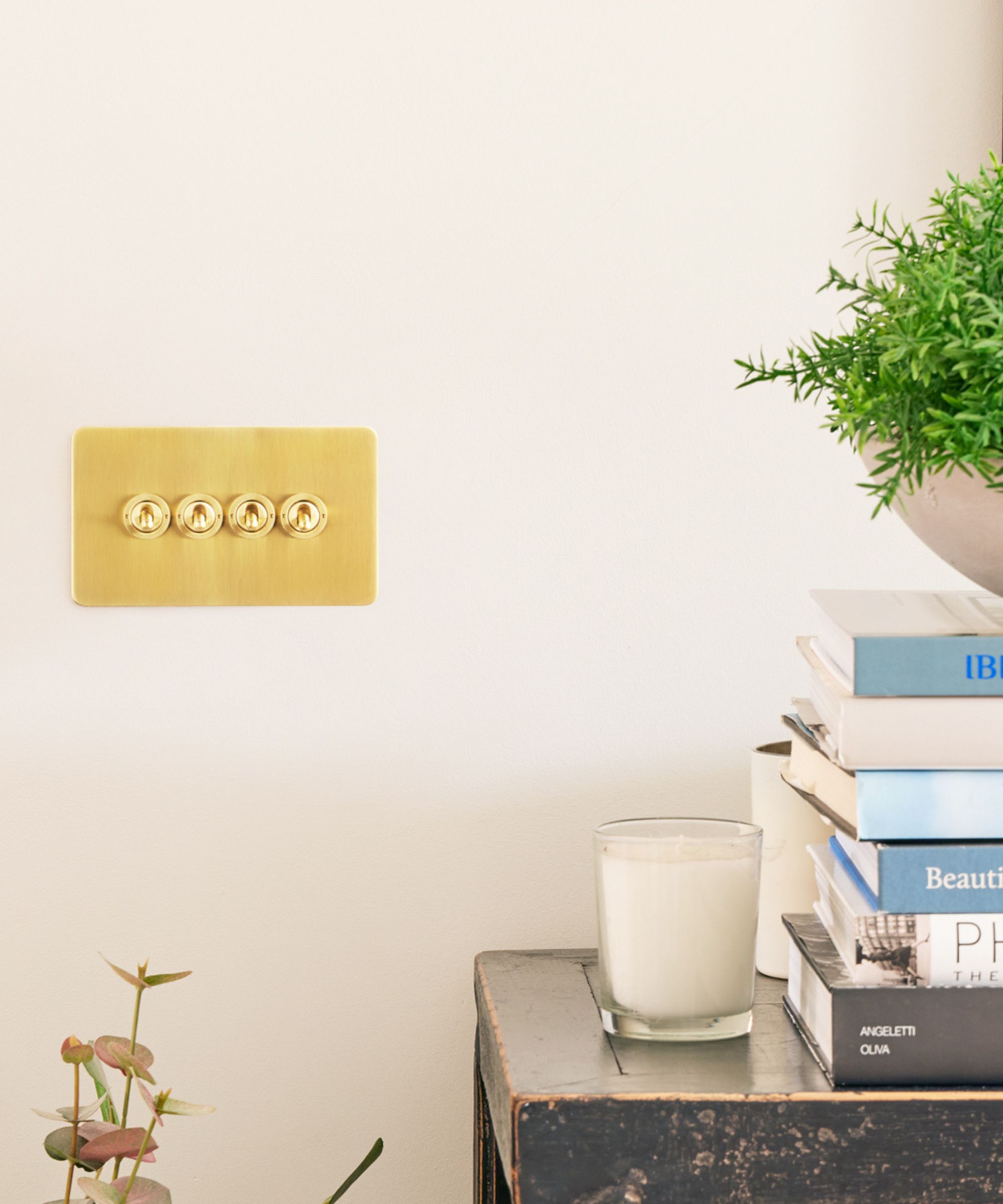
The best hiding places are the ones no one would ever think to check – and that’s exactly what makes a faux wall outlet or plug socket such a clever option. These diversion safes are designed to look just like your home’s standard fittings, making them ideal for bedrooms, studies or spare rooms where they blend in inconspicuously.
Compact and budget-friendly, they offer just enough space for small essentials like cash, jewellery or USB drives. It’s a simple but surprisingly effective way to add a little extra security without making any visible changes to your room.
4. Within a false bottom drawer
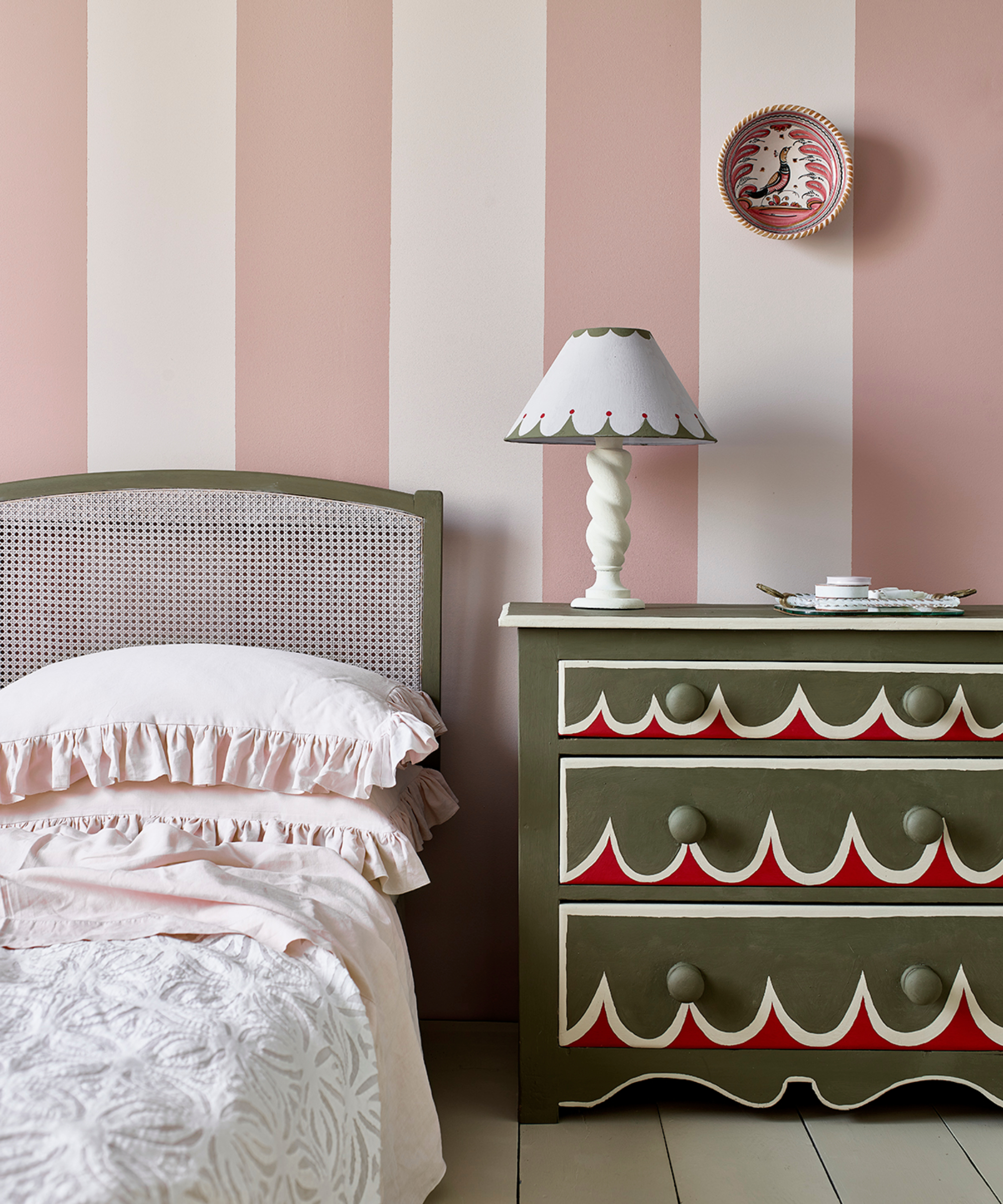
A classic concealment technique that still holds up today is the false-bottom drawer. These hidden compartments, built into the base of bedroom furniture, let you tuck valuables beneath what appears to be an entirely ordinary space – and let’s be honest, most burglars aren’t likely to rummage through your sock drawer in search of treasure
“Furniture-integrated units work well for this purpose,” says Kevin Keen from Keen’s Buildings. “Nightstands with magnet-released drawers or coffee tables with lift-out tops give quick access while remaining invisible to casual visitors.”
Top tip: Look out for pieces with deeper drawers that can comfortably accommodate a concealed section – or ask a carpenter to retrofit one discreetly.
5. In a hollowed-out hardback book (inside a bookshelf)
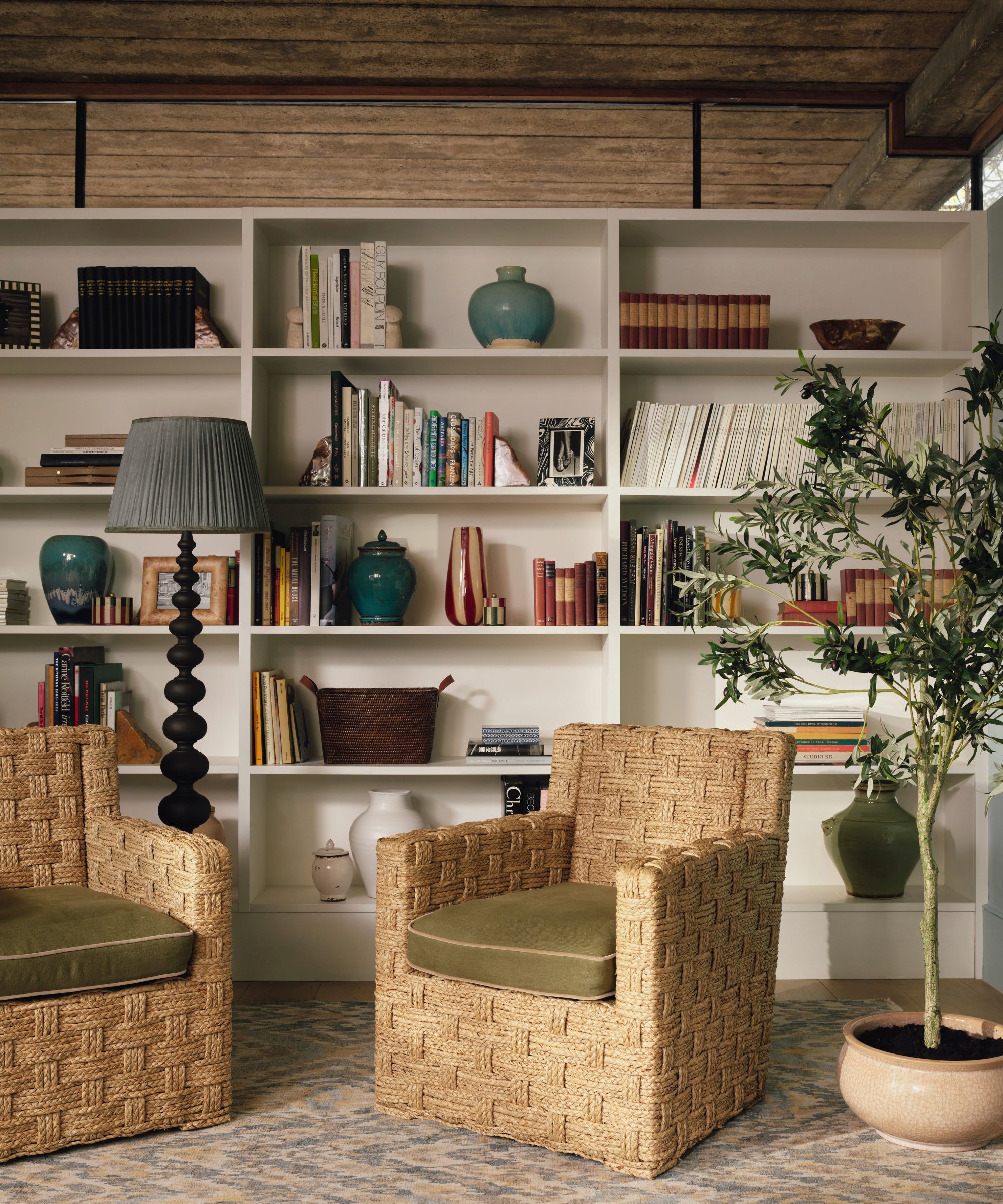
One of the oldest tricks in the book – quite literally – is a hollowed-out hardback used to hide small valuables like jewellery or spare keys. Tucked between two real volumes on a bookshelf, it’s unlikely to catch the eye of anyone but the most determined intruder.
“For smaller valuables, a diversion safe disguised as a hardcover novel on a shelf works because burglars rarely waste time scanning low-value items,” explains Steven Fernandez, creative director at Residence Supply. For the most compelling disguise, avoid placing your diversion safe on an obviously curated shelf and try blending it with similar-looking titles.

Steven Fernandez is an interior design expert and creative director at Residence Supply, a collective of professionals passionate about enhancing living spaces with one-of-a-kind lighting fixtures and illuminating homes and offices with unique, handcrafted designs.
6. Behind hinged mirrors or artwork
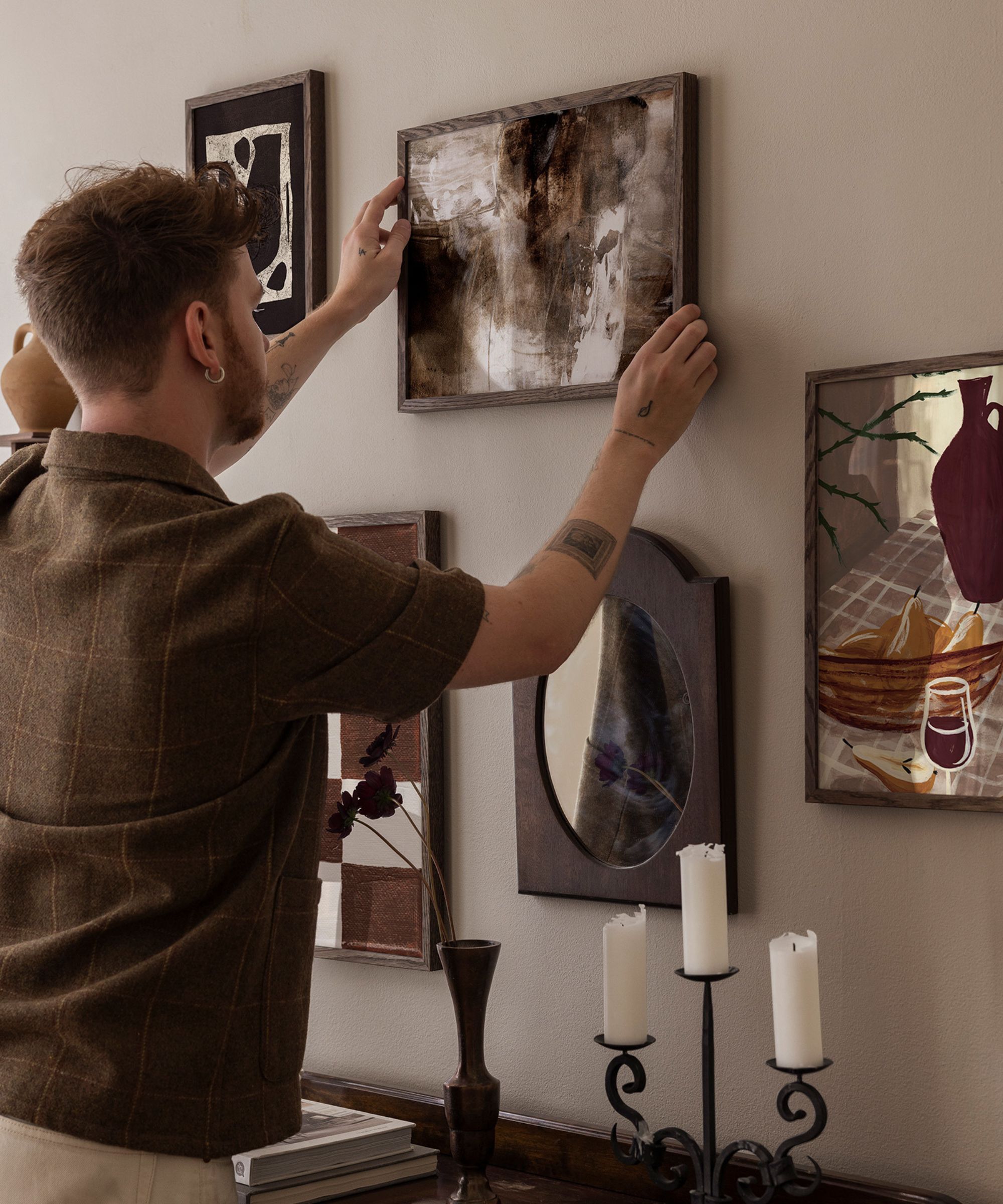
If you want your safe to stay completely out of sight, disguising it behind a mirror or framed artwork is a tried-and-tested tactic. Whether it’s a statement painting above the fireplace or a full-length hallway mirror, adding a hinged mechanism allows it to swing open and reveal the safe hidden behind – think classic spy film, but with a design-forward twist.
“A recessed wall safe that sits behind a framed canvas on a hinged track is simple to install between studs; the art swings out, and guests never notice the gap,” says Judi Kutner. This approach is ideal in bedrooms, hallways or studies – anywhere a wall-hung piece might naturally sit, doubling as both décor and distraction.
7. Concealed behind a secret staircase tread
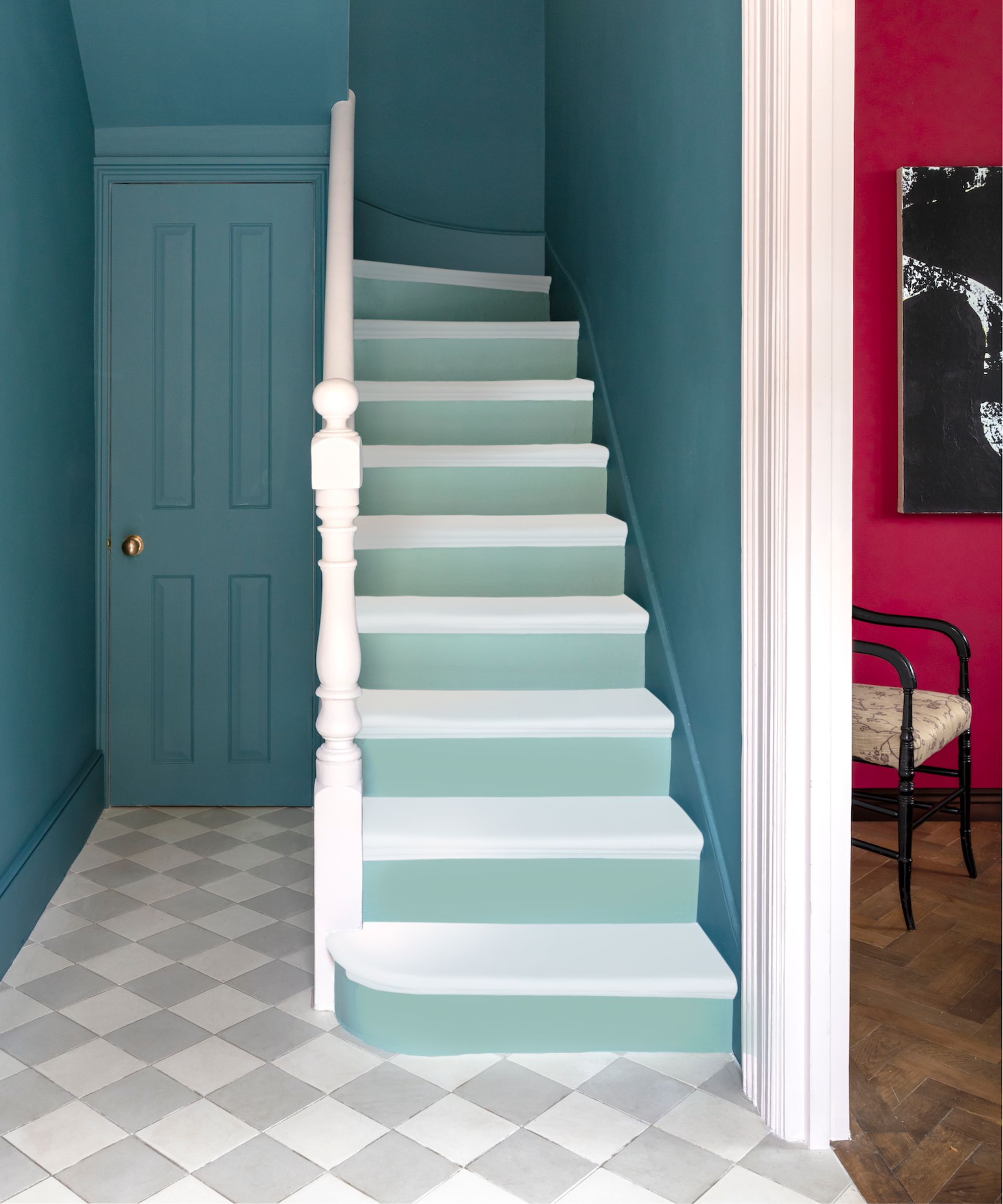
The space beneath your staircase isn’t just for under stair storage – it can also be an ideal hiding spot for a hidden safe. By hollowing out a bottom stair tread and adding concealed hinges, you can create a discreet drawer-style compartment that’s hidden in plain sight.
Judi Kutner at Virtual Staging, explains: “In split-level homes, another clever spot is beneath the bottom stair tread. Carve out the riser, mount a drawer-style safe, and reattach the trim with concealed hinges. "
8. Disguised as a statement item of furniture
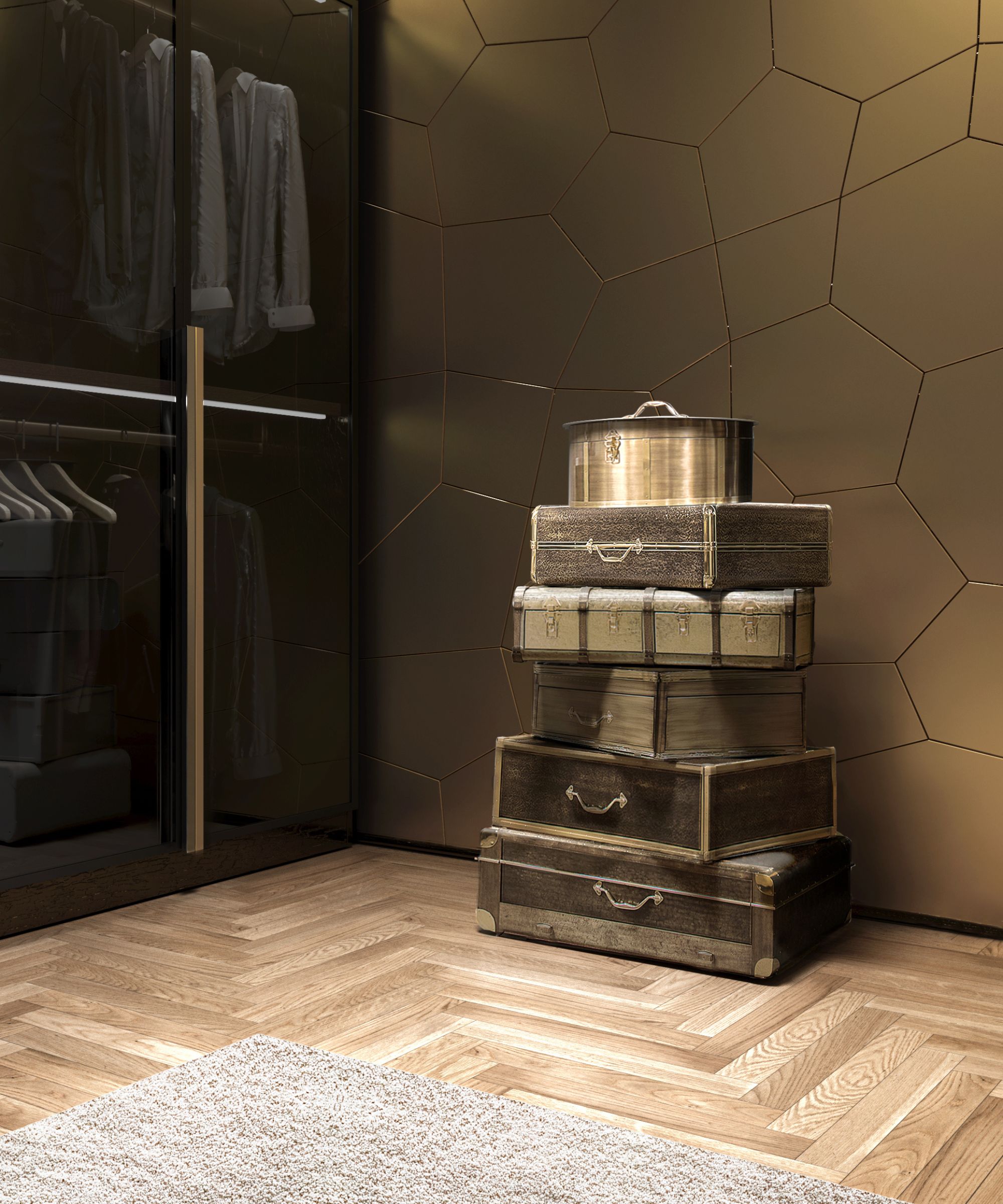
A beautiful piece of furniture can double as a clever hiding place for your most valuable possessions. From ottomans and side tables to vintage-style trunks like this Luxury Safe by Covet House, there’s plenty of scope to get creative with concealed storage that feels entirely at home in your interiors.
These multi-functional pieces are ideal for living rooms, bedrooms or dressing areas – anywhere a stylish feature can serve a secret second purpose. The trick is to avoid anything that looks overly secure or out of place, as the best disguises are the ones that feel completely intentional – blending in with your existing furniture and adding character to your space, rather than drawing unwanted attention.
9. Behind kitchen plinths or baseboards
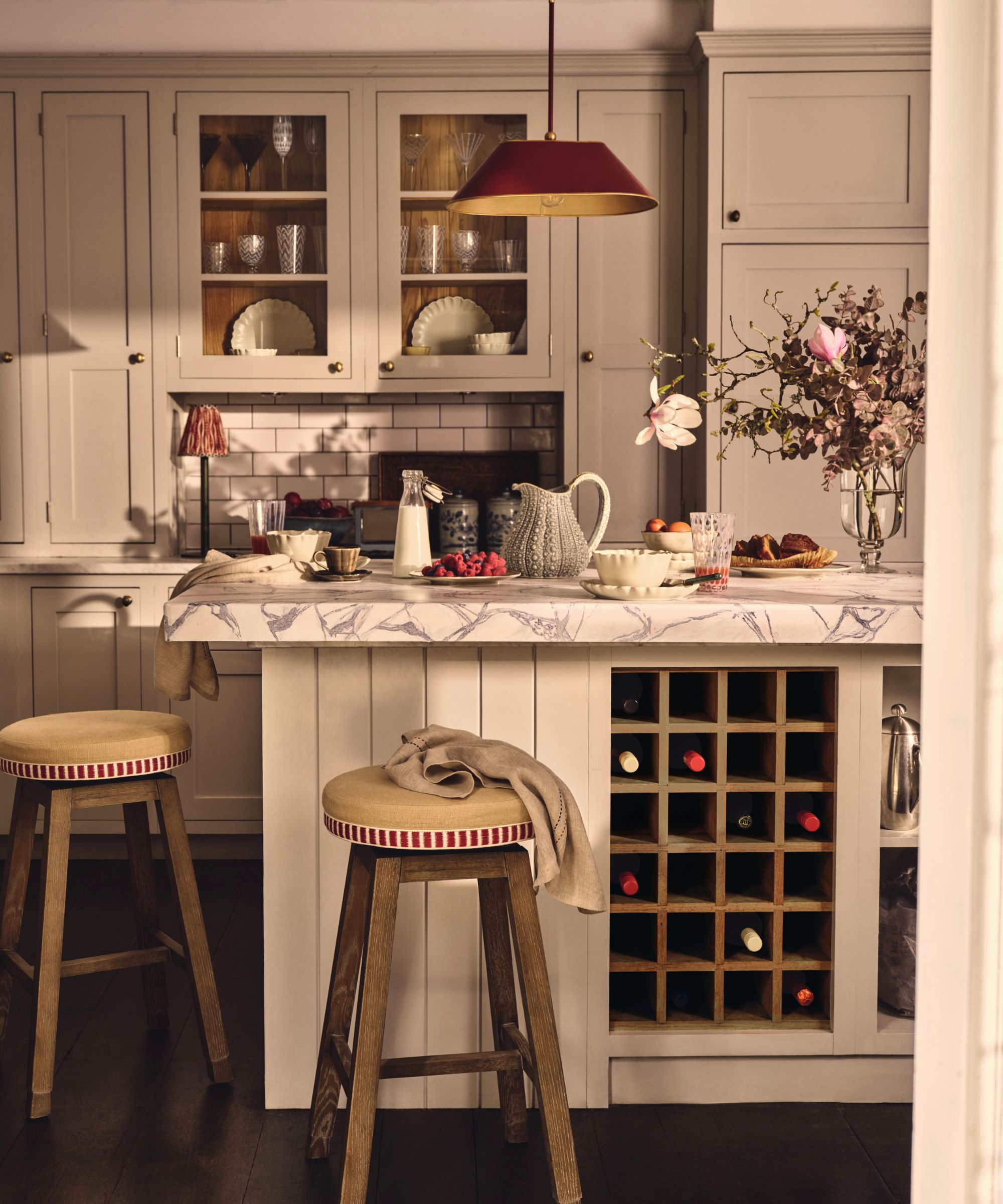
It’s easy to overlook the space beneath your kitchen cabinets, but that slim plinth or baseboard can hide more than you’d think. A pull-out drawer or concealed compartment built into the plinth offers a discreet way to stash valuables, completely hidden from view unless you know it’s there.
Our kitchen islands are also getting smarter. Some now include lift-top panels that open to reveal secure compartments below the worktop. “Manufacturers now sell islands with a section that rises on a gas strut to reveal a small UL-listed compartment below the butcher block,” says Judi Kutner at Virtual Staging. “It keeps valuables close but off a burglar’s radar.”
10. Within floating shelves
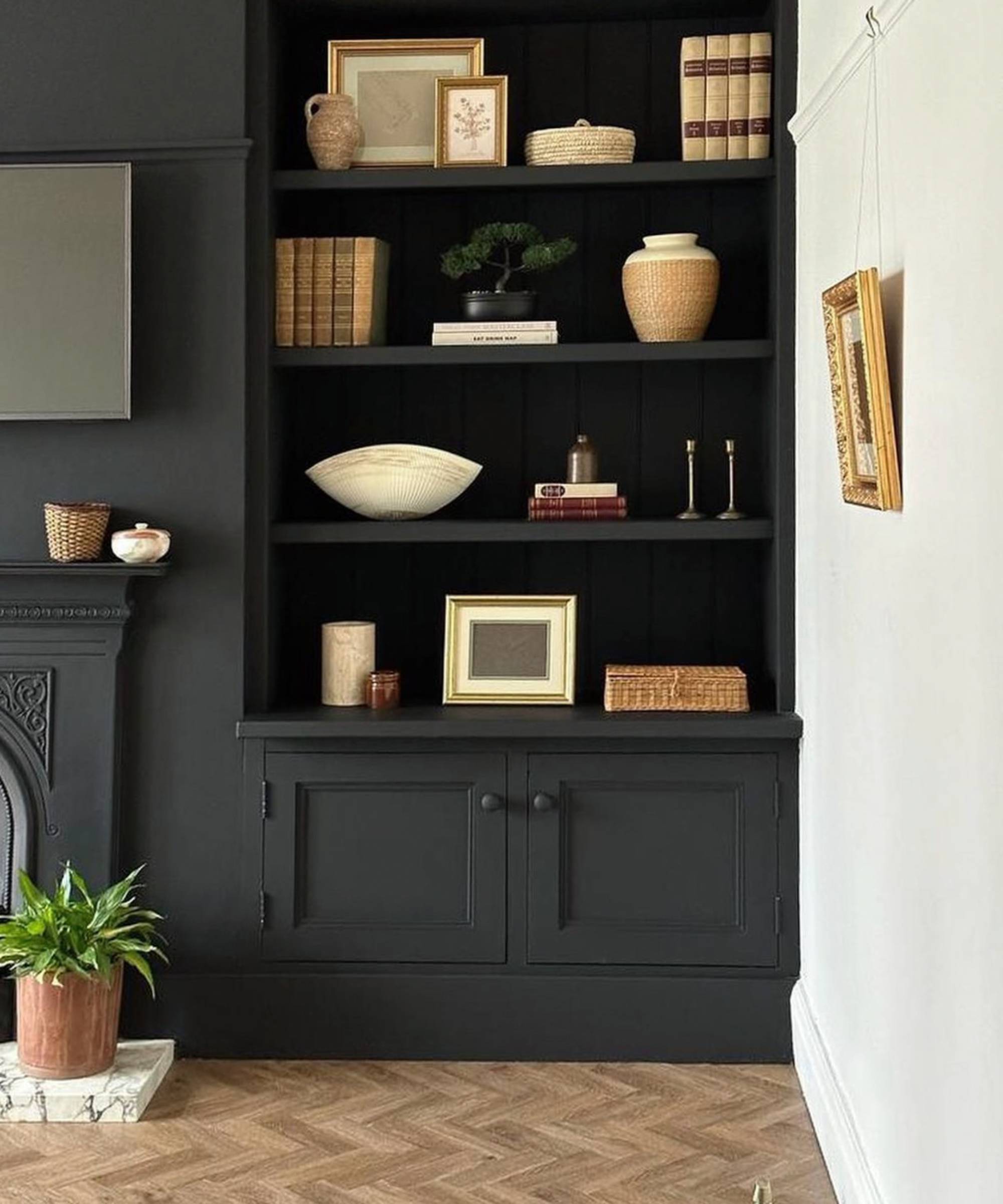
This next hidden safe idea is perfect for hallways, bedrooms or home offices. At first glance, it’s just a floating shelf – but tucked inside is a cleverly disguised storage compartment that's ideal for stashing compact valuables.
These unique shelves feature lift-out or magnet-locked panels to reveal a concealed drawer beneath. It’s a subtle solution that blends into your décor and can be mounted anywhere you’d typically hang a standard shelf. For the best results, style it alongside other floating shelves and top with books, plants or framed prints to disguise it's secret purpose.
11. Behind a removable bookcase or panelled wall
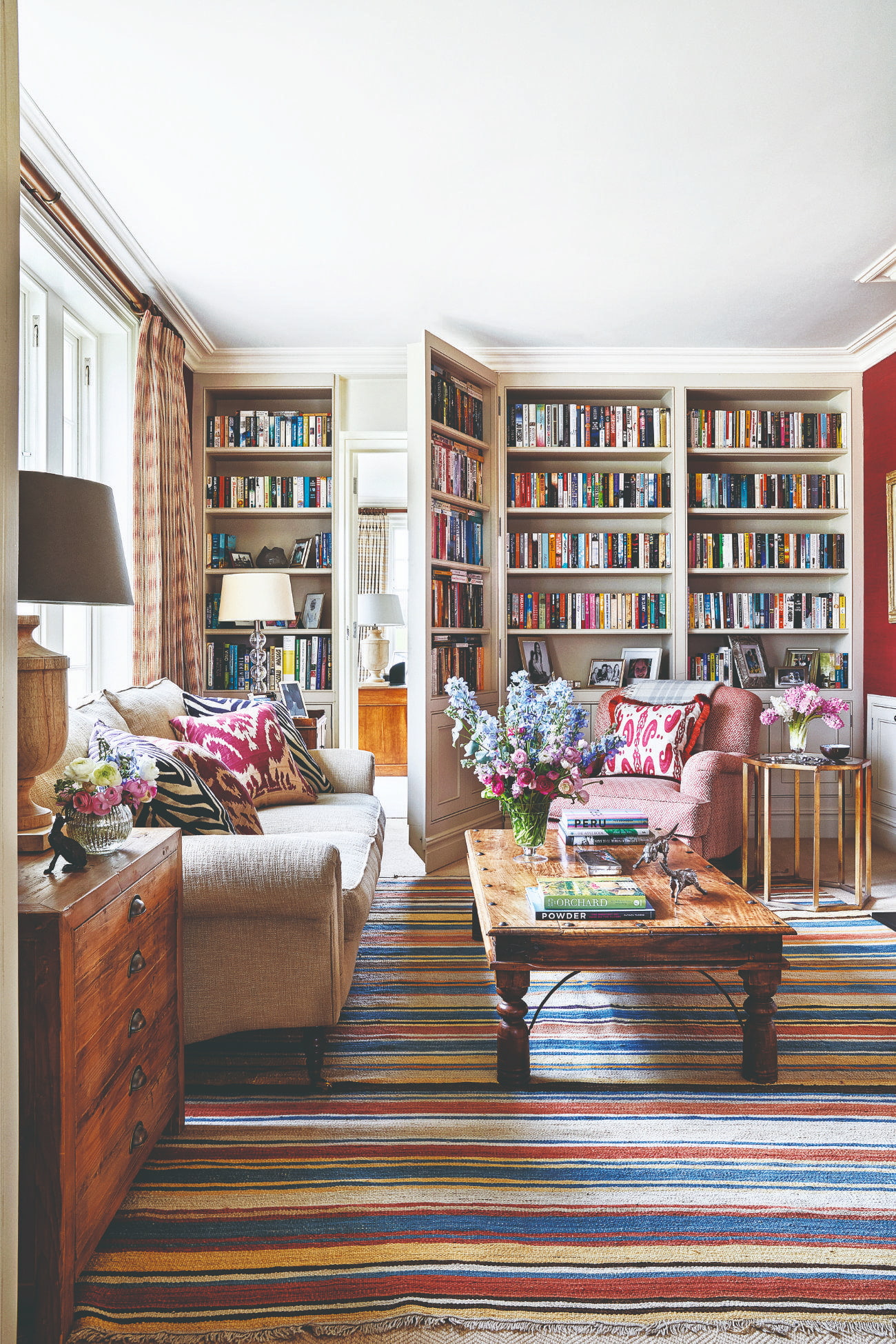
Few things feel more exciting than a hidden door, especially when it doubles as a clever hiding spot. A full-height bookcase or wall panel on concealed hinges can hide a safe or even an entire storage nook, all without disrupting your room’s design.
This approach works particularly well in home offices, studies or walk in wardrobes, where fitted furniture feels like a natural extension of the space. Choose finishes and mouldings that match the rest of the room to avoid drawing attention, and make sure the opening mechanism is subtle – a push-latch or magnetic catch works well.
12. Beneath a removable floor tile
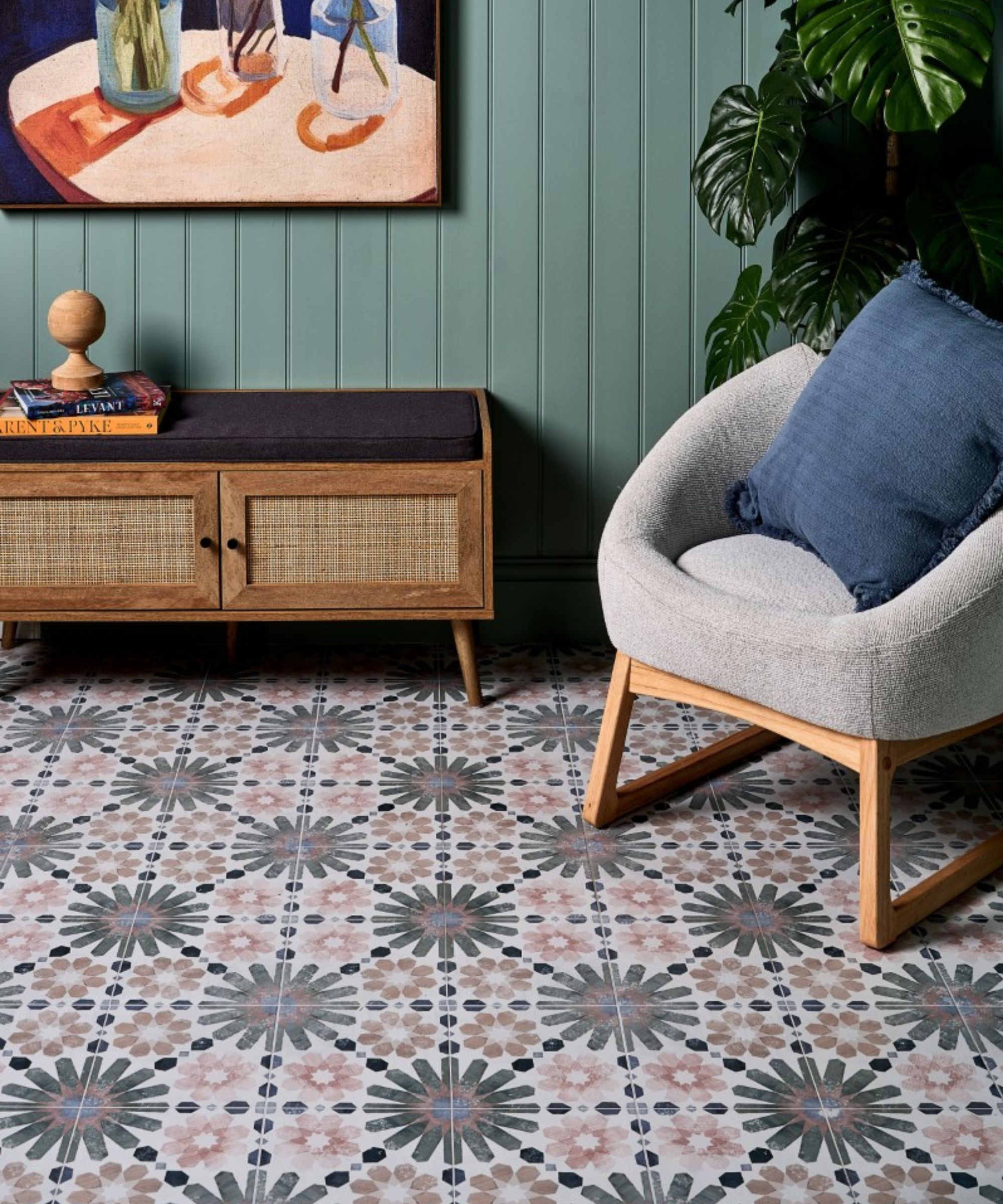
If you’re planning on making a tiled floor part of a home renovation, you could be sitting on the perfect hiding place for a conceal safe. Installing a hidden unit beneath a removable floor tile offers a discreet, fire-resistant place to stow away your valuables – and it’s one of the last places a burglar is likely to check.
“When the floor plan allows, dropping a safe beneath a removable porcelain tile in a first-floor corner makes use of dead space and benefits from the concrete slab’s natural fire resistance,” says Steven Fernandez at Residence Supply. To make this work, he recommends opting for a tile in a quiet, low-traffic area such as a utility room or guest bedroom. Just ensure it lifts cleanly, sits flush to the ground, and blends in completely.
Hidden Safe Ideas FAQs
Where is the best place to put a safe in a house?
"When thinking about where to place a safe in your home, it is so important to think outside the box. Think like a burglar - bedrooms and wardrobes are common spots, and will be the first place they look for this reason," explains Anthony Neary, managing director at safe.co.uk.
"Think creatively - under the stairs, behind kitchen plinths, or even inside a built-in utility unit can all work well. Think safely – you want somewhere you can access easily without getting hurt or damaging your home. Lofts and basements are also good options, especially if you add an extra layer of security by limiting easy access. The more unexpected the location, the better."
What features should homeowners prioritise when choosing a safe?
"Security rating should always come first. Check the safe meets recognised UK standards, particularly if you're storing valuables or cash. If you’re keeping documents or tech like hard drives inside, fire protection is also worth looking out for," says Anthony Neary.
"One of the biggest mistakes we see all the time is underestimating how much you’ll want to store in the future. Choose a size that gives you room to grow. Another is cutting corners with installation. A well-anchored safe, ideally bolted into brickwork or concrete, is far more effective than one simply hidden in a cupboard. If you're building or renovating, take advantage of the chance to fit the safe as part of the structure, this makes it even harder to remove or detect."

Anthony is the founder of the UK’s leading online security retailer safe.co.uk, offering expert advice on safes, safe rooms and home protection.
Whichever hidden safe idea you choose, it’s the finer details that make all the difference. As Judi Kutner, senior contributor at Virtual Staging, advises, "It’s important to check the safe’s fire rating to ensure it’s suitable for what you’re storing, anchor it securely to structural framing – not just plasterboard – and consider a moisture absorber if it’s going near plumbing."
While finding the right spot is key, so is keeping it quiet. “Always insure the contents separately and limit who knows the hiding place,” Judi says. "Over the past five years I have guided about sixty sellers through concealed-safe upgrades; none has reported a successful break-in loss, which tells me thoughtful placement and solid hardware still beat brute force."
Get the Homebuilding & Renovating Newsletter
Bring your dream home to life with expert advice, how to guides and design inspiration. Sign up for our newsletter and get two free tickets to a Homebuilding & Renovating Show near you.

Gabriella is an interiors journalist and has a wealth of experience creating interiors and renovation content. She was Homebuilding & Renovating's former Assistant Editor as well as the former Head of Solved at sister brand Homes & Gardens, where she wrote and edited content addressing key renovation, DIY and interior questions.
She’s spent the past decade crafting copy for interiors publications, award-winning architects, and leading UK homeware brands. She also served as the Content Manager for the ethical homeware brand Nkuku.
Gabriella is a DIY enthusiast and a lover of all things interior design. She has a particular passion for historic buildings and listed properties, and she is currently in the process of renovating a Grade II-listed Victorian coach house in the West Country.
